Creating a focal point in any room is the quickest way to create unity and cohesion. It's also an easy way to make your space more inviting and comfortable, so you'll want to use this design trick often. Here are some simple ways you can create a focal point in your home:
Declutter and clean.
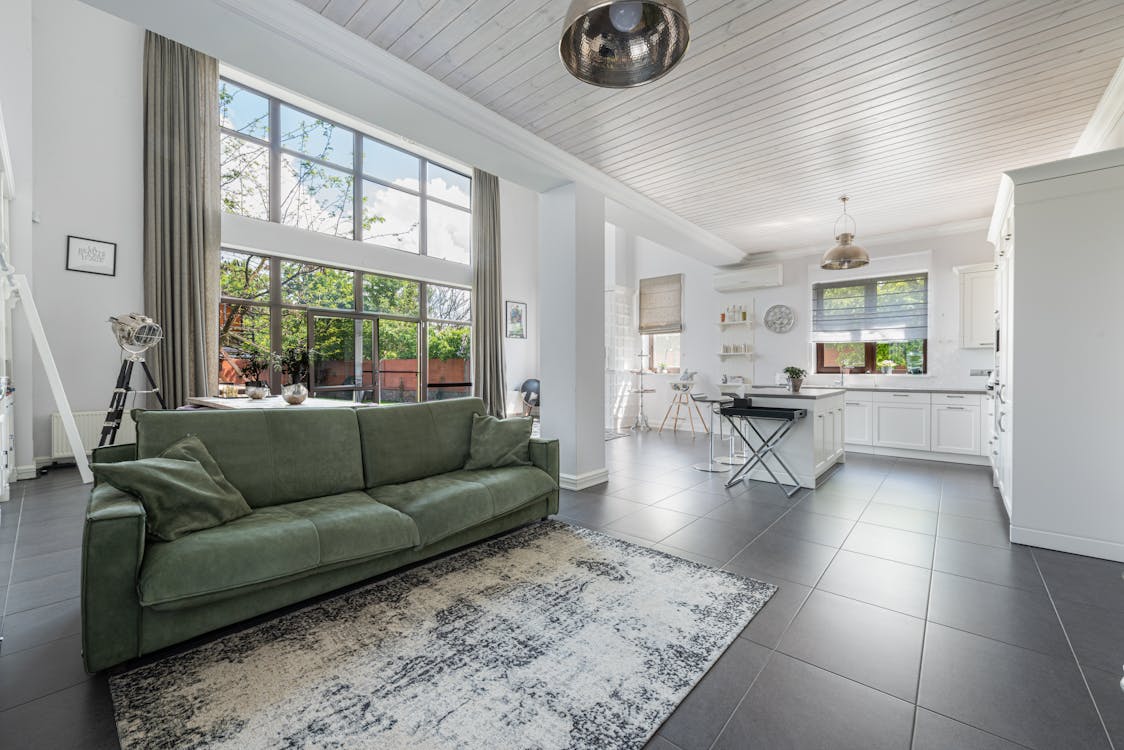
The first thing you need to do is clear the room. Clear away any clutter. Throw out or donate anything you haven't used in a year, and get rid of furniture that isn't serving its purpose. You want this focal point statement to be about you, so make sure that everything in the room reflects who you are—the things people see when they look at it should be things that make them think "Oh hey, that's what she likes!"
Next, clean the space thoroughly! If there are cobwebs or dust bunnies lurking under tables or chairs, now is the time to go get them before they start making their way back into your home again once the project is done. You don't want all this work being undone because some spider decided it liked hanging out under where your sofa used to sit! Once everything's cleared out and tidied up (and maybe give it another quick sweep), then we can move on with creating our focal point statement for our living room!
Paint the walls.

The first step to creating a focal point is by deciding what you want to focus on. This could be a piece of furniture, artwork or even just a corner of the room.
Having chosen your focal point, you should then think about choosing colours that complement it rather than clash with it. If there is natural light coming into the room and this will affect how bright or dark it looks, choose colours based on how they will look in that lighting condition instead of how they look in artificial light conditions. Try not to have more than three different colour schemes in any one room because this can make it seem cluttered and busy; however if you do have more than three different colours try pairing them up with neutrals such as Browns or Greys so that everything doesn’t look too busy at once but still gives off vibrancy through contrast between shades!
Choose a place for the focal point.
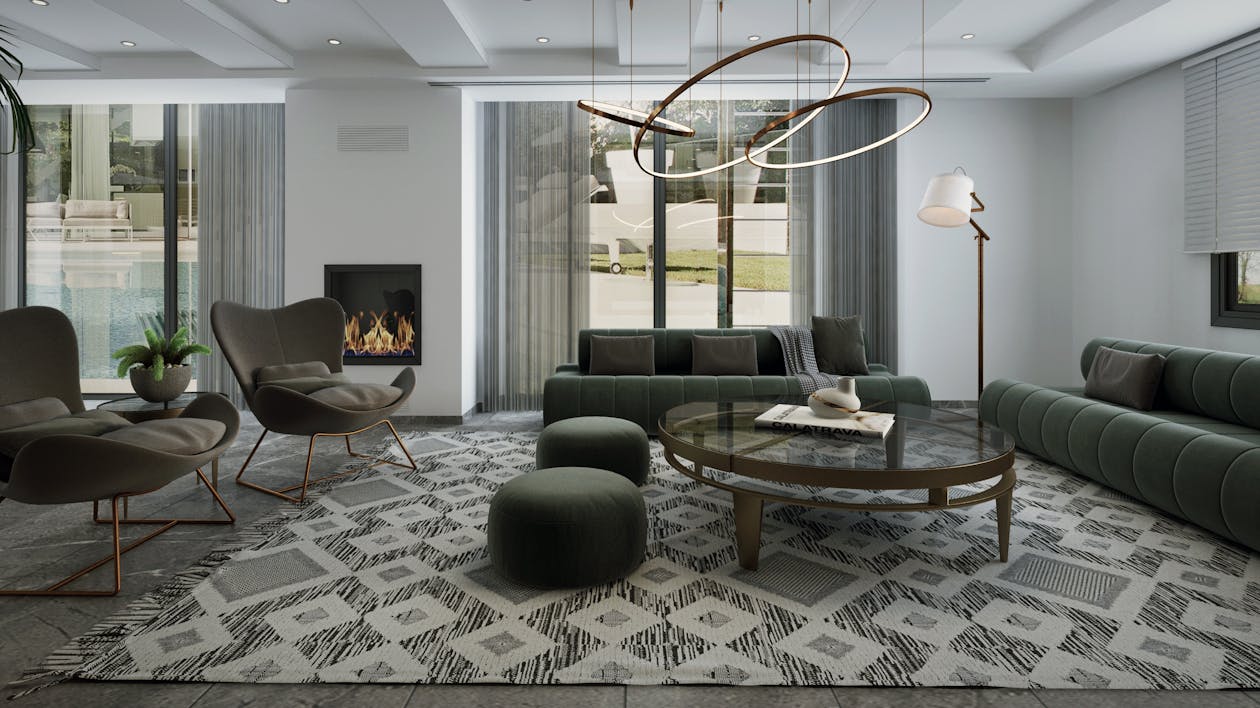
Choose a place for the focal point. If you're trying to create a focal point in your home, it's important that you choose a location that is visible from most rooms in your house. That way, every time someone enters or leaves any room in the house, they'll see it immediately. For example:
- A living room: Choose an area near where people sit down and relax at once they walk into the house. You'll want to consider placing it on an end table or side table (or both) so that guests can read what it says when they're relaxing on couches or chairs—and also so that family members can easily glance over at it as they walk through this room during their daily routines (such as going up stairs).
- Bedroom: Placing a focal point in your bedroom can help set up a tone for relaxation before bedtime each night; having one less thing to think about will allow you sleep more soundly! The best places for such statements are near windows overlooking trees outside (if possible) so as not block natural light from coming into your space; otherwise try hanging them above beds/bedrooms with lights shining down onto them
Add a mirror.
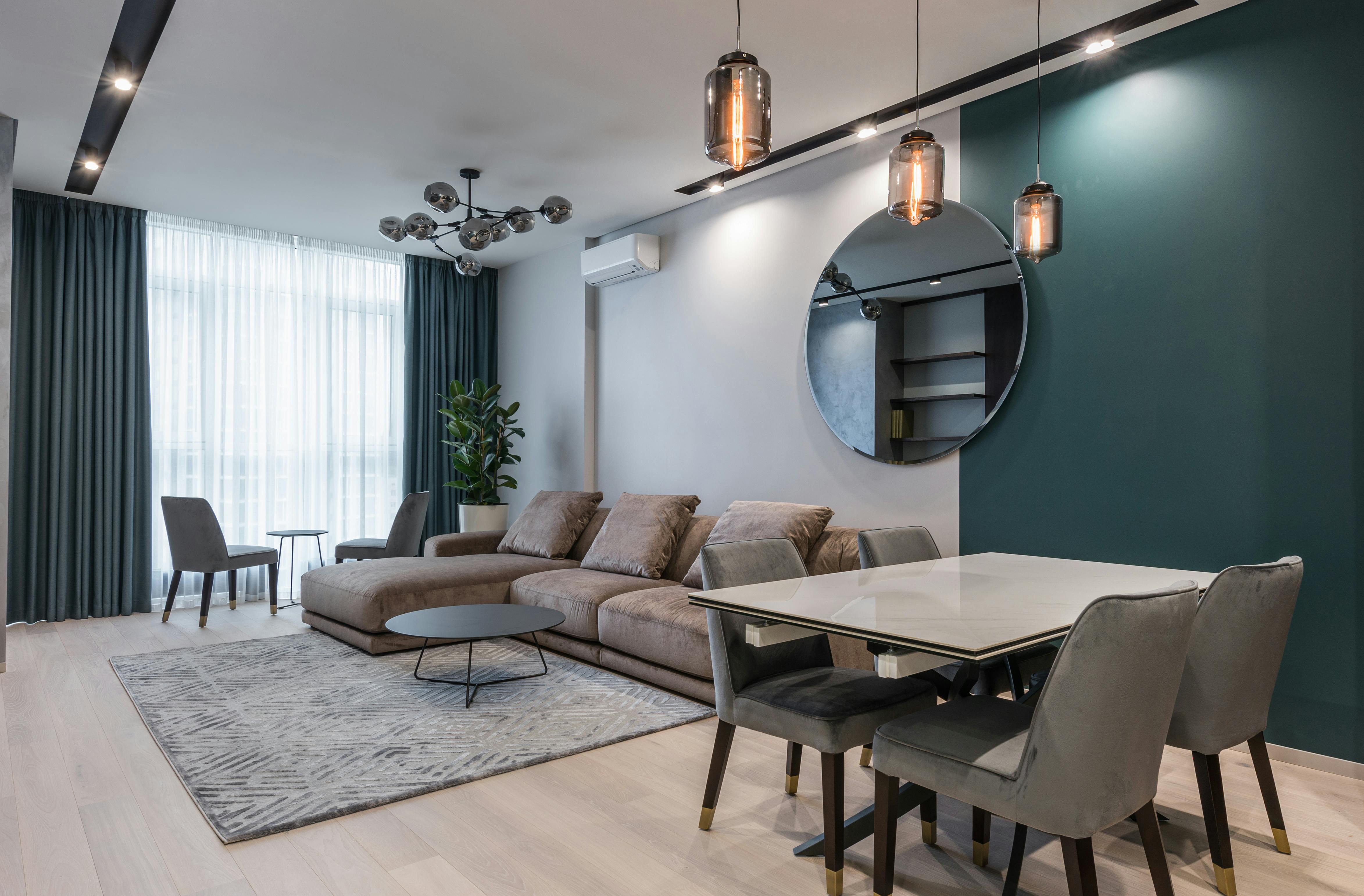
You can use mirrors to make a small room feel bigger, and they can help you lighten up your room. Mirrors reflect natural light, which will make even the gloomiest corners of your home appear brighter. They can also reflect the color of your walls and furniture, making them appear as if they stretch farther than they actually do. Finally, mirrors are great for reflecting art or accessories that may otherwise get lost in a smaller space.
Hang a gallery wall.
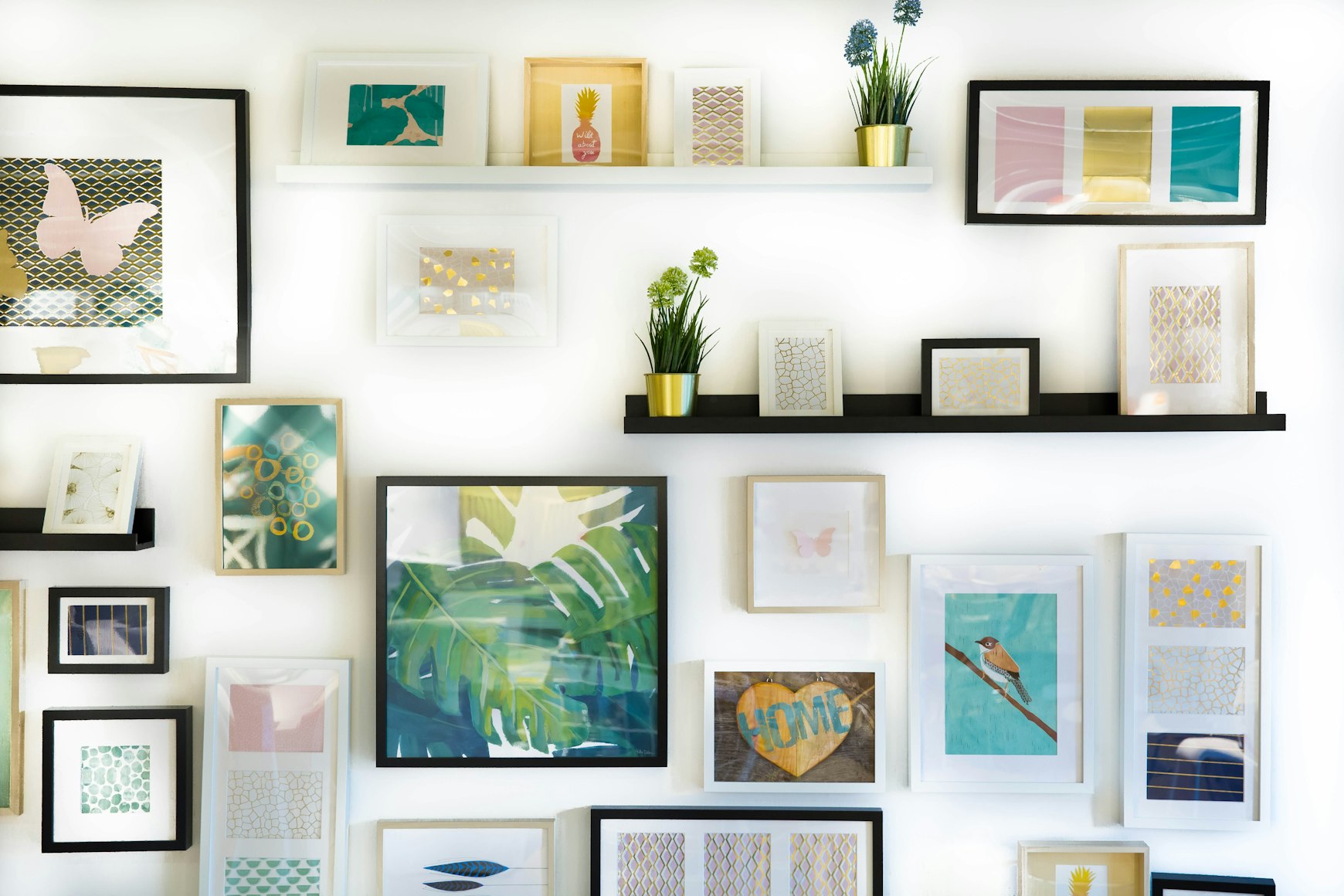
A gallery wall is a great way to create a focal point. Start by choosing a theme and then matching the art on the wall with your room's decor. Here are some steps:
- Choose a theme for your gallery wall.
- Choose a focal point for your gallery wall.
- Select art that matches the theme of your room or space, but keeps it consistent with the feel of other pieces in the room or space (in other words, don't mix modern and antique styles).
- Find pieces that are all approximately similar sizes so they balance each other out visually—you want them all about equal distance from each other on both sides of your focal point (this could be anything from oversize framed photos to small paintings to large sculptures).
- Use colors from one piece as inspiration for another color scheme throughout the rest of the room/space (for example, if one piece has lots of blues, try using those same tones in throw pillows or accessories).
Create a modern fireplace.

- Create a modern fireplace. If you want to create the focal point of your living room or family room, adding a fireplace is one of the best ways to do it. You can use a traditional brick style or something more contemporary like glass brick. You can use tiles for the surround and mantel, but don't forget about other materials like stone and wood too!
- Install an electric fire if you're not ready for gas or wood burning fires. One thing that's great about electric fireplaces is they don't require any venting so they are easier to install than other types of heat sources in your home (like stoves). They also come with built-in entertainment centers so that means no need for expensive electronics stand when using this type of heating source! If you're looking for something fancier than just plain white walls then consider painting them black instead!
- Add mirrors above your fireplace for extra light reflection throughout your whole house depending on where it faces outwards towards other rooms within yours such as kitchen areas where food preparation takes place regularly during busy mornings before school starts up again after summer break ends its vacation schedule early enough each year by October 31st...
Use an accent wall with wallpaper, paint or stenciling.
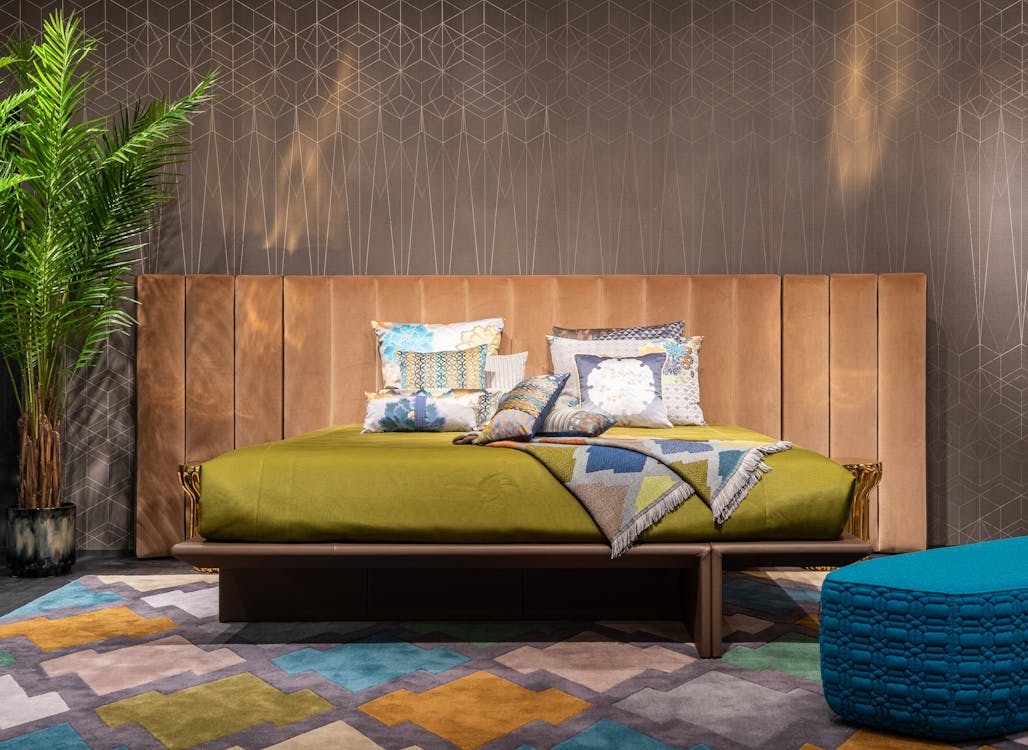
Wallpaper can be a great option for adding a focal point to any room. You can choose a bold color or pattern that will draw attention, or you can use wallpaper to create a feature wall.
You may want to hide an ugly wall with wallpaper and make it look better; this is also an excellent way to create a feature focal point and create an interesting focal point in your living room or bedroom.
If you have an old fireplace that has been covered up by fake brickwork then it could be time for some renovation work and adding of a new fireplace surround will do just the trick!
Create bold beams by painting them in a contrasting colour.
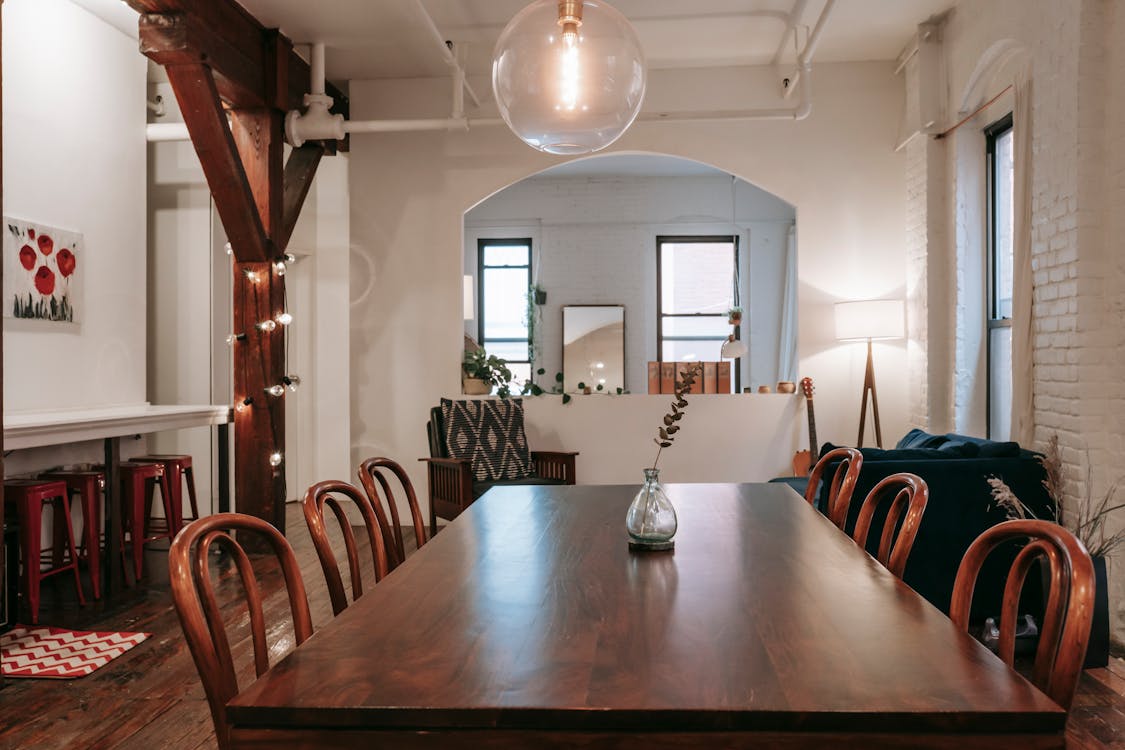
If you want to add some drama to a room, consider painting the beams in the ceiling a bold and contrasting colour. This can be done easily with a few simple steps:
- Choose a bold colour that contrasts with both the walls and furniture in your room. For example, if you have white walls and white furniture, choose something like red or turquoise for your beams. If you have grey walls and black furniture, choose yellow or lime green instead!
- To create an even more dramatic effect, paint both sides of each beam different colours! You could use this same technique on crown molding as well!
Install a statement light.
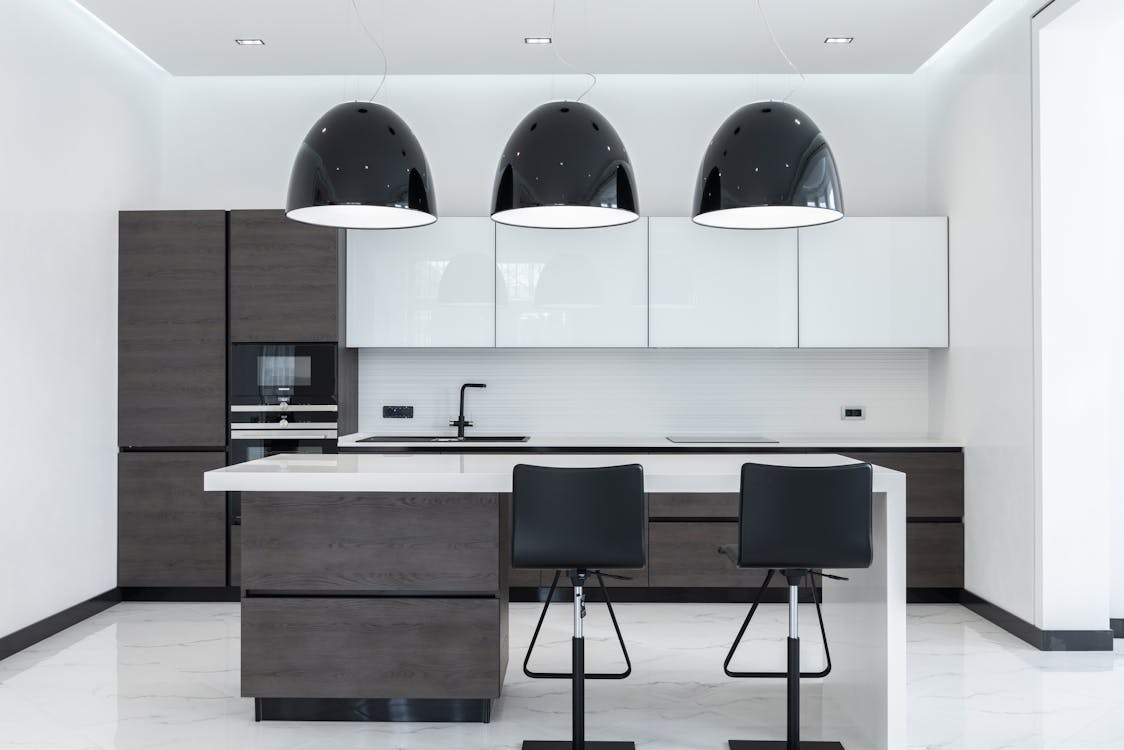
If you have been struggling with the focal point in your room, a great way to create one is by installing a statement light. Whether it be a chandelier, pendant light or sconce, the right lighting can really make an impact on your space.
Make sure that your new fixture is the right size for the room in which you want to install it. If it's too large or small for its surroundings, it will simply look out of place and awkward!
Also keep in mind that more is not always better when it comes to lighting—too much can actually detract from any focal points that might exist within your space as well as hinder reading and other activities performed within the room itself.
Get a colorful throw for your couch
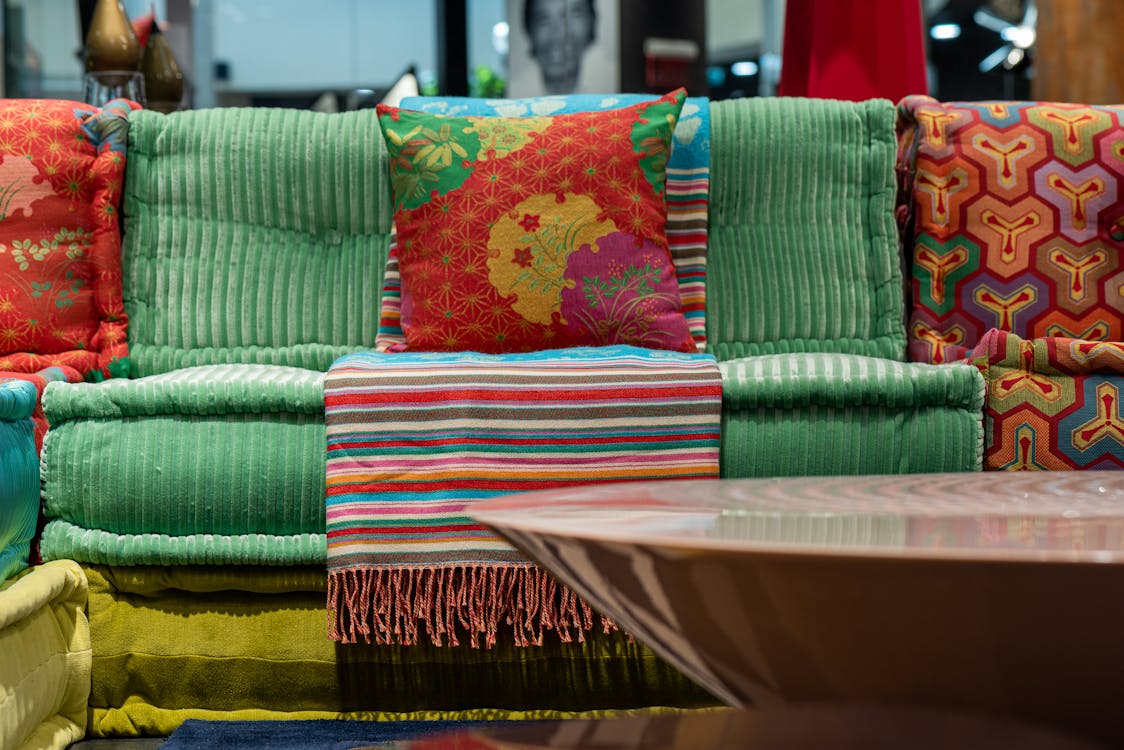
If you're looking to make your couch the focal point of the room, consider adding a throw to add some color and make it look more inviting. Throws can be expensive, but there are options that won't break the bank. You can buy one at an outlet store or thrift shop and then have it tailored to fit your couch perfectly. Alternatively, you could use a colorful Turkish Towel as your throw—you can also use it when you're going on a trip.
Reface your kitchen cabinets with stylish doors or add open shelving for dishes and cookbooks.

You can create a focal point statement in any room by adding open shelving or refacing cabinet doors with a new finish.
Open shelving is an excellent way to display your collection of fine china, cookbooks or collectibles and it helps give the room an airy, open feel. These types of add-ons can be made with simple materials like wood planks or even just paint and stencils!
A focal point helps you create unity and cohesion within the room's design

A focal point is any design element in a room that draws your eye and provides unity. A focal point can be as simple as a piece of art on the wall, or it could be an entire wall of artwork. The focal point can also be a piece of furniture or even a color, like reds or blues. For example, if you have several pieces of art hanging around the room and all of them are black-and-white photos, then your focus will go to the one with color in it. When designing your home, think about what type of focal point you want for each room: do you want something bold? Traditional? Modern? And if so, how should those styles work together within each space?
These tips will help you create unity and cohesion within any design—whether that means incorporating more than one style into each room (like mixing shabby chic with coastal cottage), using similar colors throughout an entire house so they flow together seamlessly while still representing different elements (think earthy tones such as brick reds paired next to bright pinks) or finding ways to incorporate multiple styles into one room without sacrificing cohesiveness across its entirety (like combining rustic wood furniture with industrial metal accents).
Creating a focal point statement in any room is a great way to bring attention to the most important elements of your home. It can also help you make smart choices about what you want in each space. For example, if you want guests to feel comfortable in your living room, then try adding soft lighting and comfortable seating. Or if you want them to focus on something more specific like a piece of art or collectible item that means something special to you? Then there are other ways this could be done - hanging some fabric around the wall or surrounding it with bookshelves so no one has access except through those points.

